Here is the second lesson of distortion effects pedagogy.
In my previous lesson in part 1, I introduced the TS system, which originated from the Tube Screamer.
If you haven't read it yet, please read Part 1 as well.
⇒ TS series distortion effect pedals
Now, I would like to introduce the Transparent System.
Now, what does “transparent” mean? I looked it up in the dictionary and found the following.
Transparent
An object that is clear and is see-through. ( Transparent network environment)
To sum it up, it is a transparent system.
Distortion effects pedals classified as transparent (mainly overdrive) have the following characteristics
- Less distortion character.
- Does not alter the sound of the amp or guitar, but acts to improve the sound extraction and contour feeling
- Often used primarily in low-gain settings, so they are used for backing and neo-soul type sweet lead tones
In short, it is a pedal that pushes the presence of a sound to a great extent, even though it does not have much presence.
So what is the origin of the transparent overdrive?
It is definitely the Paul Cochrane - Timmy Overdrive.
Paul Cochrane - Timmy Overdrive
This is an effects pedal that Paul Cochrane created as an abridged version of his own TIM effect pedal.
The Timmy has knobs to control Bass and Treble, but they work in the opposite direction of the knobs everyone is familiar with.
You may be thinking, “What does that mean?” Well, it literally works in the opposite direction.
The more you turn it clockwise, the more the Bass and Treble are cut.
V3, the final version of the Timmy, and the CSP027 Timmy Overdrive (sold now in collaboration with MXR), are designed to be boosted when turned clockwise, just as most effect pedals are. The 2-band EQ is designed to be boosted as you turn it clockwise.
The 2-band EQ is placed in the second stage of the GAIN circuit, so it is designed not to change drastically even if the distortion level is increased.
Anyway, The EQ is designed to achieve transparency.
Now, Timmy and other transparent overdrives have been released by various companies, and each company's interpretation of “transparent” can be heard.
In this respect, they are the same as the TS series. However, the sound does not have the quirks of the TS-type middle boosts, and it’s characterized by its fidelity to the original sound.
Here are some examples of transparent overdrives.
VEMURAM - Jan Ray (VEMURAM official website)
The Jan Ray is a must-have when talking about transparent overdrives.
When it was first released, it became the talk of the town when it was built into the effects board of renowned session guitarist Michael Landau.
Did you know that VEMURAM is actually a Japanese-made effects pedal brand based in Tokyo?
Despite being domestically produced, VEMURAM seems to be targeting overseas guitarists as its demographic, and its official website is available in English.
In fact, the brand is very popular among overseas guitarists and has received high acclaim.
Now, the Jan Ray sold by VEMURAM seems to be modeled after the Magic 6, a famous setting of the Fender amps of the 60s, which are commonly known as the Blackface (or Black Panes).
Magic 6 refers to a setting of Volume 6, Treble 6, Middle 3, and Bass 2 (6, 6, 3x2=6). It was popular at the time as a magic setting that allowed the player to enjoy a fat clean sound that fell somewhere between clean and crunch.
The Jan Ray is the result of adding distortion to this superb sound.
Although it is a transparent type, it has a distinctive, quirky sound that those who know it can describe as the sound of Jan Ray.
Frankly, I personally don't think there is any pedal that comes close to the right in low gain. I love it even though it's expensive. (Approx. 44,000 yen)
It can be very annoying to set up because it sounds usable no matter which position you set Gain, Treble, or Bass. It's not that it bothers me, but it bothers me.
The overtones can be adjusted with the saturation trimmer, which can be adjusted with the included screwdriver, and you can go from a jacked-up, edgy, sharp sound to a mellow, warm sound.
This pedal is like a drug. It makes me want to spend the rest of my life playing low-gain backing and clean-leaning leads with it. If I had to take one with me to a desert island, it would be this one.
When will Sound House carry it?!!! I am itching to get my hands on one.
JHS Pedals - Morning Glory (JHS Pedals official website)
Sound House also doesn't carry this one! I am very sorry for this outrage! However, the Morning Glory is also an essential part of the transparent series.
The Jan Ray mentioned earlier shows its best potential when combined with a single-coil guitar, especially a Stratocaster, and it fascinates you to the point where you can't live without it. However, when combined with a humbucker guitar, in other words, a Les Paul, there is a clear difference in taste.
However, the Morning Glory is a perfect match for both guitars, and it will satisfy you even if you play a Les Paul without too much distortion.
Unlike the Jan Ray, the Morning Glory has no EQ control and only a single tone. Therefore, it can only be used for shaping the high frequency range, but it’s a sound that makes you think that this is enough.
The GAIN switch can be used to increase the amount of distortion, making it more versatile. If you are truly fascinated by this pedal, you can prepare two units, one with the GAIN switch on and one without, and then switch between them with a switcher.
I have written a lot about this pedal, but it seems that the Marshall Bluesbraker was the model for its sound.
The Bluesbreaker's sound is full and rich without being completely distorted. This is what JHS Pedals was aiming for, and Morning Glory is what they arrived at through continuous improvements in line with the times.
Recommended for those who use several different types of guitars and want transparent high-gain.
MXR - CSP027 Timmy Overdrive
Finally, the Timmy Overdrive is here. This is the current version of the Timmy.
This model inherited the sound of the original Timmy, but it has been downsized and brushed up while retaining the sound of the original Timmy. This model is recommended for those who want a taste of the original Timmy.
As mentioned above, this model is boosted by turning the EQ clockwise, so you will not be confused by the feel of this model.
However, the Treble seems to work at the end of the distortion and the Bass at the front of the distortion.
If you combine this with the TS Mini I introduced in the previous article, you can build a very small board without compromising the sound.
This is a lot of text, so I'm going to introduce it while I gain stamina from this Wanko Soba.
ELECTRO-HARMONIX - CRAYON
This is the cheapest of the transparent series. The gain range is wide, and the low-gain response is excellent, and it can be transformed by playing with the knobs during MC. With this, it’s easy to create a sound by setting the gain to low and using the 2-band EQ as the main effect. It has rich overtones, so if you use it as a booster, it will make your guitar stand out just right.
MAD PROFESSOR - Royal Blue Overdrive Factory
This is a transparent type of MAD PROFESSOR that’s famous for Sweet Honey Overdrive. The blue color gives it a transparent feel. Like Jan Ray, the 2-band EQ is very effective, so it is easy to set up.
This is an introduction of a transparent overdrive. The good and bad part is that it has little sense of character. That may be why it is easy to add more character to each maker. There are probably more if you look for them. However, if you squeeze the TONE of the BOSS – BD-2 or use it with the TONE of the KENTA system turned up and the gain turned down, you can get a somewhat transparent sound. Transparent sounds are so popular that you could substitute existing pedals if you wanted to. How about getting one of these pedals for yourself?
The “sound & person” column is made up of contributions from our readers.
For more information about contributions, click here.





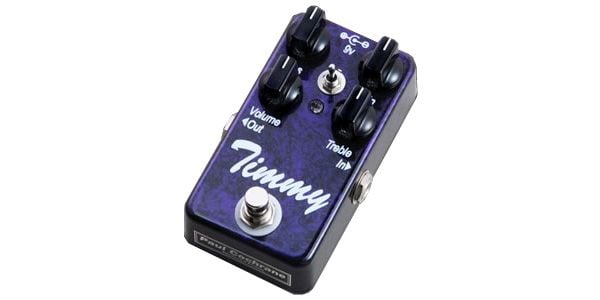
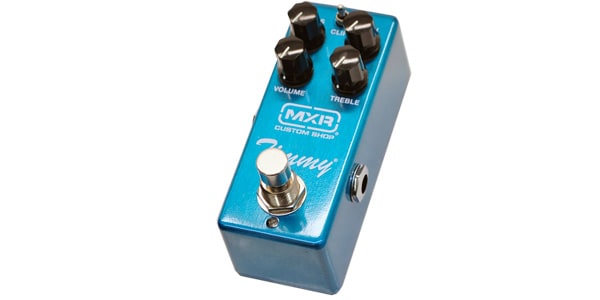
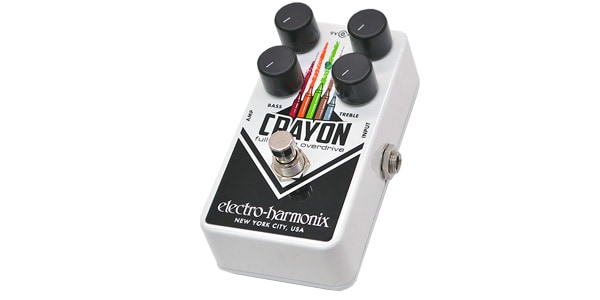
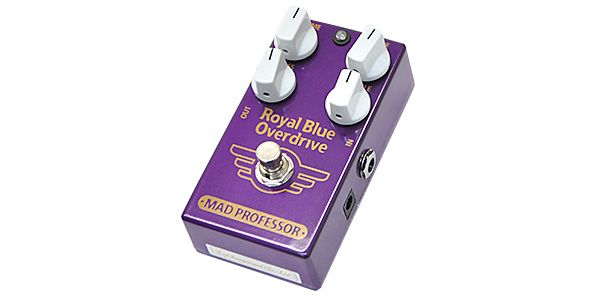










![[Effects Pedal Explanation] Distortion Effects Pedals TS System](/contents/uploads/thumbs/5/2024/5/20240516_5_26868_1.jpg)
![Recommended Effects Pedals for Backing Guitar [For Single Coil Pickups]](/contents/uploads/thumbs/5/2024/4/20240424_5_26603_1.jpg)
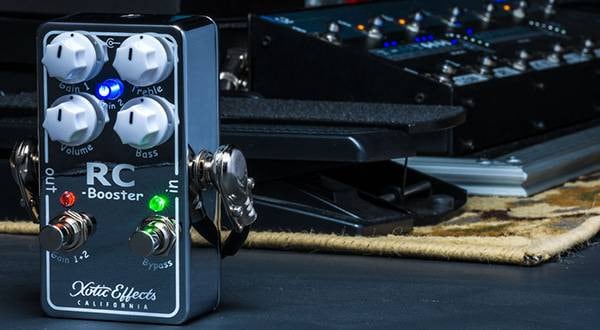
![[2025 Latest Edition!] 5 Recommended Distortion Pedals!](/contents/uploads/thumbs/2/2023/12/20231228_2_25090_1.jpg)

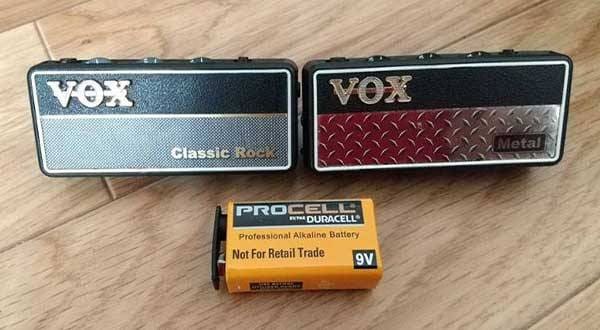
 はじめてのエフェクターは GT-1 にしよう
はじめてのエフェクターは GT-1 にしよう
 【初心者向け】エフェクター講座
【初心者向け】エフェクター講座
 あなたのエフェクターボード見せてください
あなたのエフェクターボード見せてください
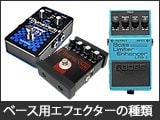 ベース用エフェクターの種類
ベース用エフェクターの種類
 エフェクターのつなぎ方
エフェクターのつなぎ方
 エフェクターの種類
エフェクターの種類















